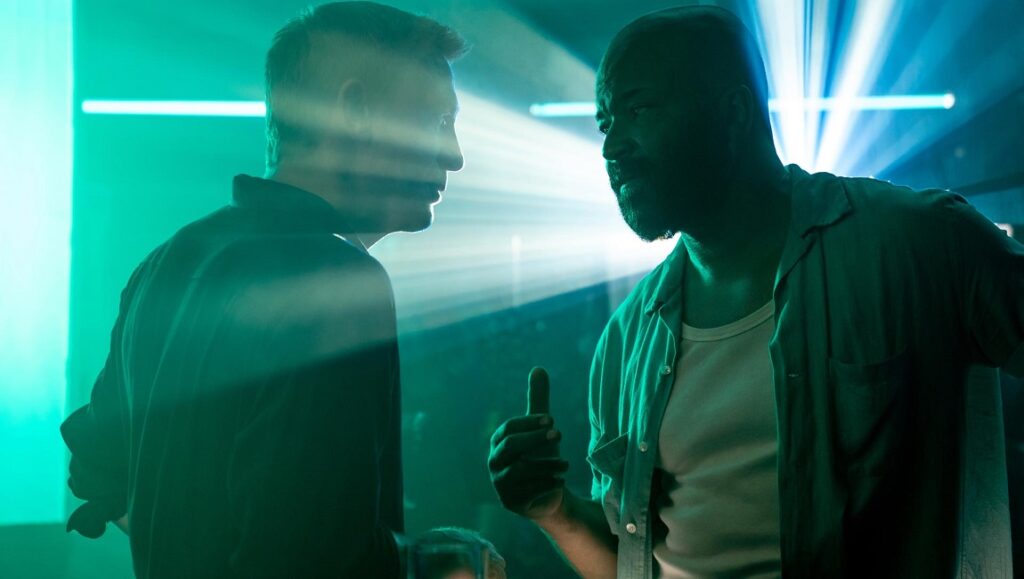No Time to Die is a gorgeous entry in the Bond canon, but abysmally paced and expository to a fault.
After 15 years, Daniel Craig’s run as James Bond comes to an end in No Time to Die, and while it’s an ambitious (and sure to be divisive) send-off for the actor, it’s also unfortunately a near total misfire creatively. Picking up immediately after the events of 2015’s disastrous Spectre, we find 007 retired and enjoying a proper romantic relationship with that film’s heroine, Madeline Swann (Lea Seydoux). If you remember, she’s also the daughter of a previous villain, and so when Bond is attacked while visiting the grave of Vesper Lynd (the woman he loved and lost in Casino Royale), he suspects that Madeline betrayed him, dumps her, and hits the road. Cut to five years later, and he’s dragged out of retirement by his old buddy Felix Leiter, who needs Bond’s help to recover a kidnapped scientist in possession of a deadly bioweapon.
So far, it’s a pretty delightful trip, with a couple of terrific action sequences — especially one set in Cuba that has some genuine raised-eyebrow Roger Moore panache. We also meet Nomi (Lashanna Lynch), who has replaced Bond as the new 007 and who proves to be not merely as capable, but also as clever as her predecessor. This opening half of No Time to Die is brisk, grounded but ostentatiously so (there are gadgets!), and suitably stylish. Unfortunately, that all gives way to an endless middle hour of muddled exposition, more than one fatal plot twist, and a villain (Rami Malek) with vague motivations and a goofy accent that’s simply not a proper foil for the screen’s greatest spy — particularly given where this film’s trajectory is taking it (which should not be spoiled).
Director Cary Joji Fukunaga has shot a gorgeous movie and filled it with plenty of arresting, dynamic images (a slick overhead gunfight, or a twisty cliffside freeway, or the way Bond launches himself onto a bridge on a motorcycle), but he’s completely failed to pace it properly after that delightful first half, filling it with multiple instances of back-to-back expository dialogue scenes that relay exactly the same information with endless discussions in offices, and also saddles the character with more than one narratively dire revelation seemingly designed to get him to a final decision that simply doesn’t hold either the suspense or the gravity that’s needed. One of the things that’s defined the Craig era of Bond is the baffling decision to introduce continuity in the hopes of creating a more human, psychologically complex 007 with a real character arc in a somewhat more realistic setting, all while draining most of the humor and many of the series hallmarks. Why anyone would want that from a character who’s endlessly reinventable and, lest we forget, funny, is anyone’s guess. Here’s hoping the next iteration of 007 isn’t so afraid to let loose and have a little fun again.


Comments are closed.